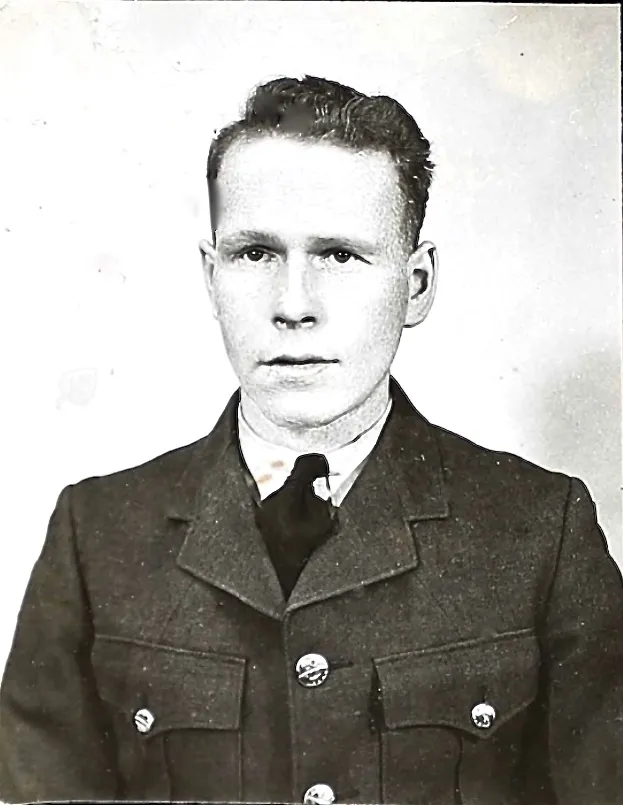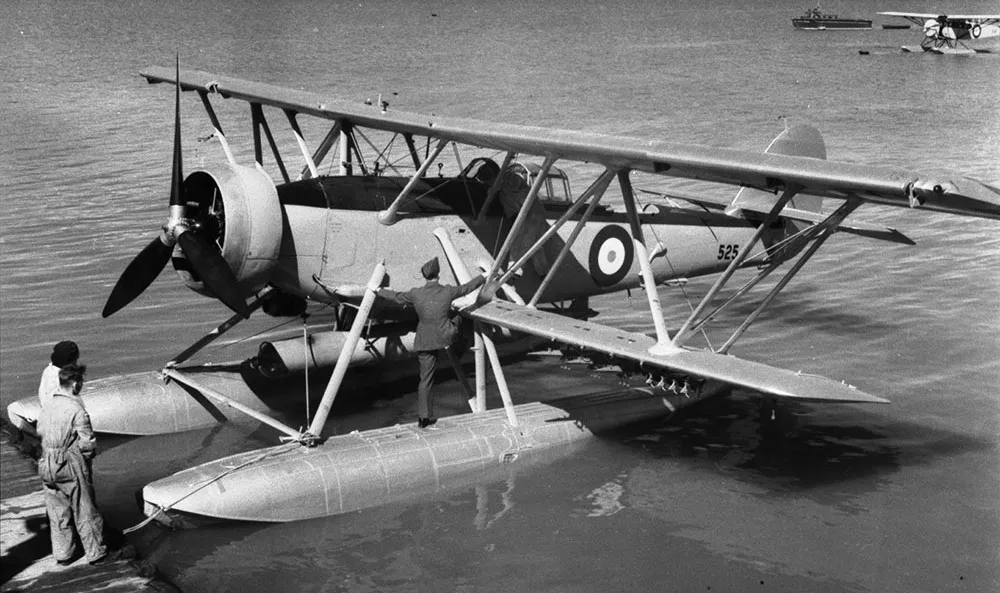Hogg, Allan
Killed in Action 1943-01-28


Birth Date: 1915-July-30
Born: Merritt, British Columbia
Son of Private Alexander James Hogg, 47th Battalion, killed in action 13 April 1917 and Margaret (nee Shields) Hogg, of Merritt, British Columbia. Brother of David and May Poole.
Home: Merritt, British Columbia
Enlistment: Vancouver, British Columbia
Enlistment Date: 1937-06-01
Service
RCAF
Unit
7 Sqn- Squadron
Base
Rank
Flying Officer
Position
Flying Officer
Service Numbers
C/14429
First Burial
 Belleville Cemetery, Belleville, Ontario
Belleville Cemetery, Belleville, Ontario
Blackburn Shark

Blackburn Shark Mk. III, RCAF (Serial No. 525), No. 6 (Torpedo Bomber) Squadron, May 1939
The Blackburn Shark was a British carrier-borne torpedo bomber built by the Blackburn Aircraft company in England. It first flew on 24 August 1933 and went into service with the Fleet Air Arm, Royal Canadian Air Force, Portuguese Navy, and the British Air Observers' School, but was already obsolescent by 1937 and in the following year, replacement by the Fairey Swordfish began.
The Blackburn T.9 Shark was designed and built, initially as a private venture, to Air Ministry Specification S.15/33 for a torpedo-spotter-reconnaissance aircraft to be operated by the Fleet Air Arm. It had a crew of three, with the observer/wireless operator and gunner sharing the second cockpit (open on Mks I and II, enclosed on Mk III). Armament consisted of one fixed, forward-firing .303 in (7.7 mm) Vickers machine gun, plus a .303 in (7.7 mm) Vickers K machine gun or Lewis Gun mounted on a Scarff ring in the rear cockpit, with provision for a 1,500 lb (680 kg) torpedo or equivalent bombload carried externally.
The prototype was subsequently fitted with twin floats and was test-flown at Brough in April 1935 with successful sea trials taking place at the Marine Aircraft Experimental Establishment Felixstowe.
The RCAF purchased seven Blackburn Shark II (760 hp/570 kW Tiger VI) in 1936 for service with No 6 (TB) Squadron, later operating as No 6 (BR) Sqn on shipping patrols off the Canadian west coast. Two Blackburn Shark IIIs (800 hp/600 kW Pegasus III) were supplied to RCAF by Blackburn in 1939 as forerunners of 17 similar aircraft built by Boeing Aircraft of Canada at Vancouver, with 840 hp (630 kW) Pegasus IX and used by Nos 6 and 4 (BR) Squadrons. RCAF Blackburn Sharks, some of which operated as floatplanes, were withdrawn from service in August 1944 and five were then transferred to the RN Air Observers' School in Trinidad.Wikipedia
 Canadian Virtual War Memorial
Canadian Virtual War Memorial Commonwealth War Graves Commission
Commonwealth War Graves Commission www.findagrave.com
www.findagrave.com Wikipedia Blackburn Shark
Wikipedia Blackburn Shark Harold A Skaarup Web Page
Harold A Skaarup Web Page RCAF Blackburn Shark Serials - Kestrel Publications
RCAF Blackburn Shark Serials - Kestrel Publications